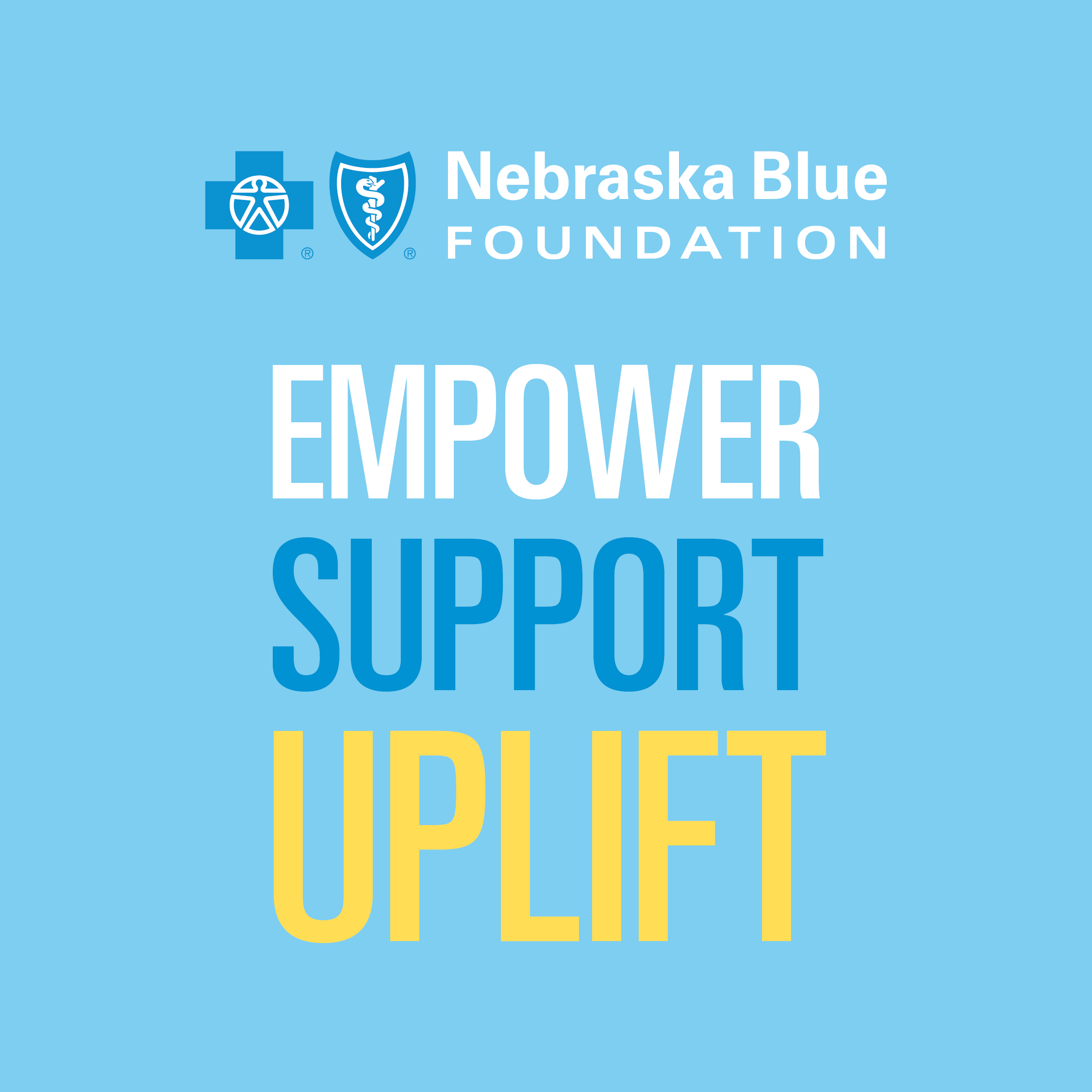According to the Centers for Disease Control and Prevention (CDC), almost nine out of 10 people struggle to comprehend health information when their health care provider or others use unfamiliar or complex terms.
Proper patient-provider communication creates a strong base for developing long-term, trusting relationships that improve personal health literacy – the ability of the patient to find, understand and use information and services to inform their health-related decisions for themselves and others.
“The more open and clear the communication, the better the understanding of the health-related issues by the patient, which translates into well-informed choices,” said Dr. Jo Gardner, medical director at Blue Cross and Blue Shield of Nebraska (BCBSNE).
The CDC suggests that providers use familiar concepts, words, numbers and images, and make sure handouts are at a sixth-grade or lower reading level in a language that best serves the patient.
“It is critical for providers to identify each patient’s unique needs, abilities and communication skills, as this impacts the provider’s ability to solicit information from the patient and how they give the patient instructions in a way they would understand best,” Gardner said.
Patients can also take steps to improve communication with their provider.
“From the patient standpoint, a few ways to improve communication is to be honest and acknowledge if they have a literacy problem, express their needs clearly and completely, write out their questions before the visit and have caregivers accompany them to visits,” said Gardner.
Additionally, as the patient’s needs change, the communication should evolve as well since failing vision, hearing and memory can negatively impact health literacy and patient-provider communication.
Learn more about improving health literacy at CDC.Gov.
For more articles like this, visit Health and Wellness.






